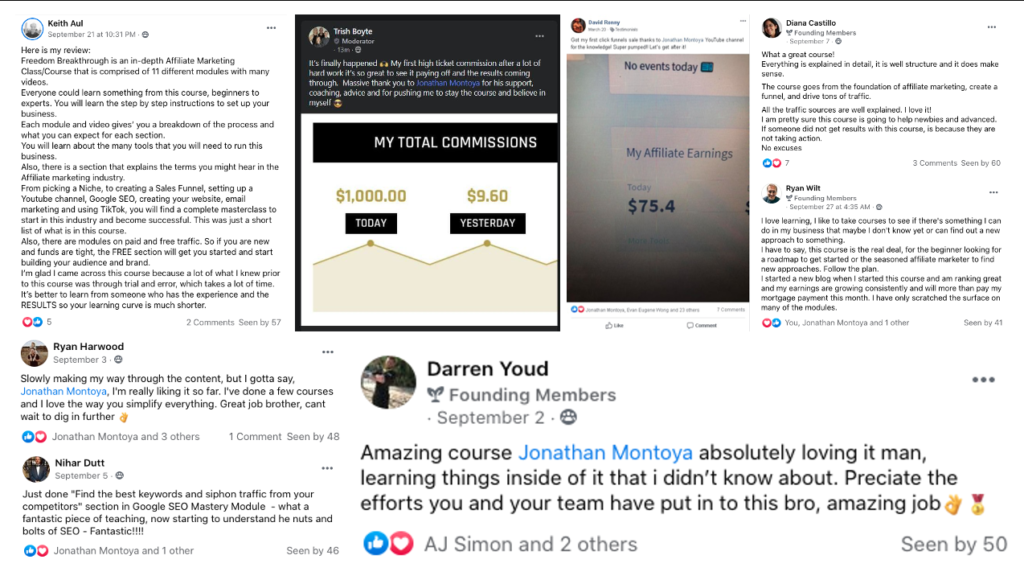"Unlocking Financial Freedom: A Comprehensive Guide to Home Equity Loans and Lines of Credit"
#### Home Equity Loans and Lines of CreditHome equity loans and lines of credit are powerful financial tools that allow homeowners to tap into the equity th……
#### Home Equity Loans and Lines of Credit
Home equity loans and lines of credit are powerful financial tools that allow homeowners to tap into the equity they have built in their properties. As property values rise, many homeowners find themselves sitting on a substantial amount of equity, which can be utilized for various purposes, including home improvements, debt consolidation, education expenses, and more. In this guide, we will explore the intricacies of home equity loans and lines of credit, helping you make informed financial decisions.
#### Understanding Home Equity
Before diving into home equity loans and lines of credit, it’s essential to understand what home equity is. Home equity is the difference between the current market value of your home and the outstanding balance on your mortgage. For example, if your home is worth $300,000 and you owe $200,000 on your mortgage, your home equity is $100,000. This equity can be accessed through loans or lines of credit, providing you with cash that can be used for various needs.
#### What Are Home Equity Loans?
A home equity loan, often referred to as a second mortgage, allows homeowners to borrow a lump sum of money against their home equity. This type of loan typically comes with a fixed interest rate and a fixed repayment schedule. Home equity loans are ideal for homeowners who need a specific amount of money for a one-time expense, such as a major home renovation or a significant purchase.
The application process for a home equity loan usually involves a credit check, an appraisal of the property, and verification of income and debts. Lenders will assess your creditworthiness and the amount of equity you have in your home to determine how much you can borrow.

#### What Are Home Equity Lines of Credit (HELOC)?
A home equity line of credit (HELOC) is a more flexible borrowing option that allows homeowners to access their home equity as needed. Unlike a home equity loan, which provides a lump sum, a HELOC functions similarly to a credit card. Homeowners are given a credit limit based on their equity and can withdraw funds as needed during a draw period, typically lasting 5 to 10 years.
HELOCs usually have variable interest rates, which means the interest rate can fluctuate over time. This flexibility makes HELOCs suitable for ongoing expenses, such as funding a child’s education or managing unexpected medical bills. However, it's crucial to manage a HELOC responsibly, as borrowing too much can lead to financial strain.
#### Benefits of Home Equity Loans and Lines of Credit
Both home equity loans and lines of credit offer several advantages:

1. **Lower Interest Rates**: These loans typically have lower interest rates compared to unsecured loans or credit cards because they are secured by your home.
2. **Tax Benefits**: In some cases, the interest paid on home equity loans and HELOCs may be tax-deductible, providing additional savings.
3. **Large Loan Amounts**: Homeowners can often borrow substantial amounts, depending on their equity, making these options suitable for significant expenses.
4. **Flexible Use of Funds**: Whether you need funds for home improvements, debt consolidation, or other expenses, these financial products offer flexibility.
#### Considerations and Risks

While home equity loans and lines of credit can be beneficial, they also come with risks. Borrowing against your home means that if you fail to repay the loan, you could risk foreclosure. Additionally, fluctuating interest rates on HELOCs can lead to increased monthly payments. It’s essential to assess your financial situation and ensure that you can comfortably manage the repayments.
#### Conclusion
Home equity loans and lines of credit can be valuable resources for homeowners looking to leverage their property’s equity. By understanding the differences, benefits, and risks associated with these financial products, you can make informed decisions that align with your financial goals. Whether you choose a lump-sum loan or a flexible line of credit, these options can help you achieve financial freedom and support your future endeavors. Always consult with a financial advisor to determine the best course of action for your unique situation.